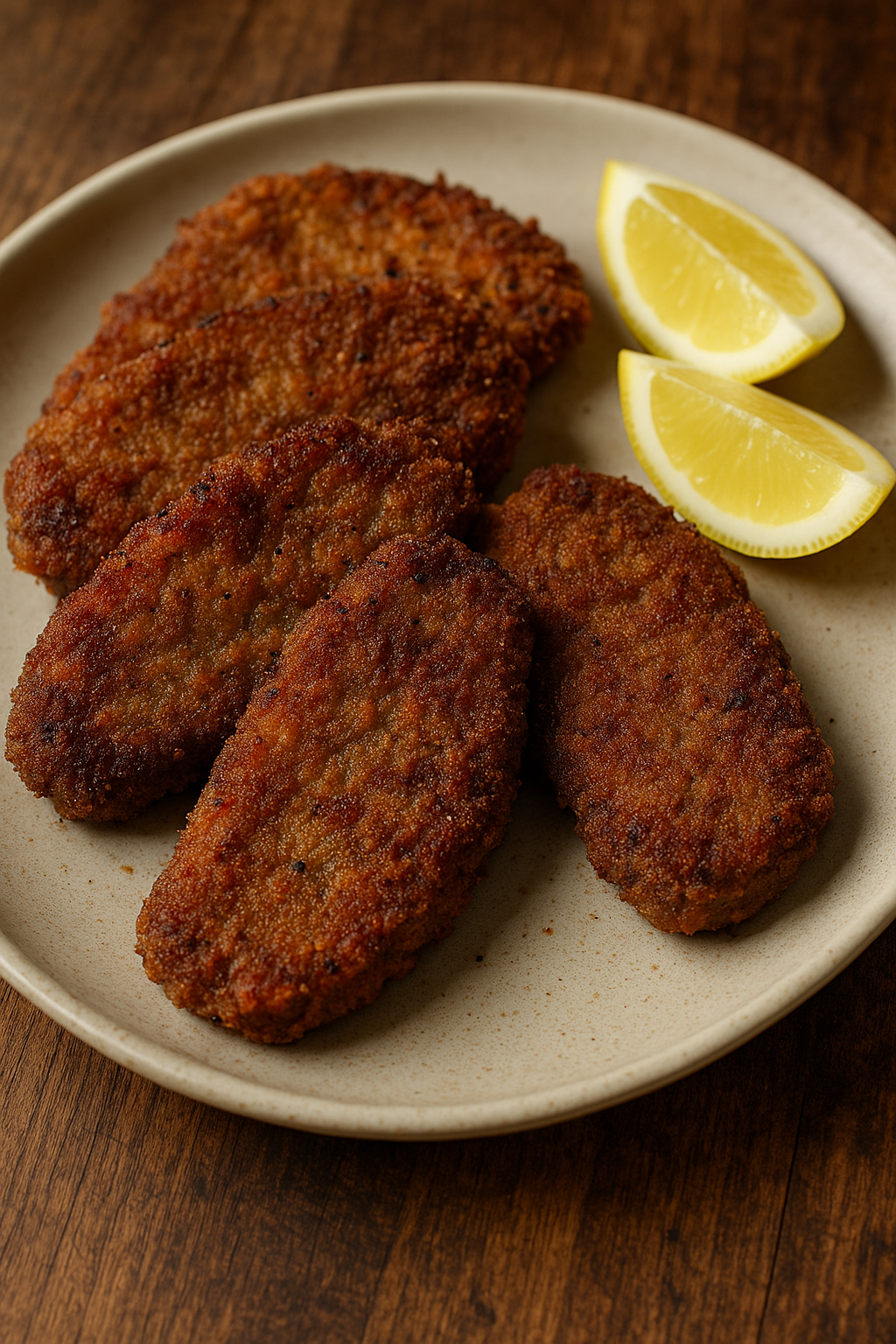Alaskan Adventures ‘25 | Part 2
Season ‘25 | Episode 09
Keep up with us on social media!
@RalphandVicki | @RJandAubrey
Outfitter Information
Renfro’s Alaskan Adventures
Wade Renfro
Phone: (907)543-2261
Email: Logistics@flyrenfros.com
Website: RenfrosAlaskanAdventures.com
-
Weapon: Browning X-Bolt 2
Suppressor: Griffin Armament [Sportsman Ultra Light HD .300 Cal]
Ammo: Browning Ammo .300 Win Mag
Binos / Range Finder: Cabela’s CX Pro HD Rangefinding Binos
Outfit: Cabela’s SHE
Pack: Alps OutdoorZ Packs [Elite System & Waterproof Rifle Case]
Tents: Cabela’s Tents [Alaskan & Instinct Tents]
-
Weapon: Hoyt RX8 Ultra
Arrows: Easton FMJ MAX
Spine: 250
GPI: 11.3
Weight: 446 gr
Flex Fletch Four-Vane
Outsert: 75gr
Head Weight: 100 gr
Binos / Range Finder: Cabela’s CX Pro HD Rangefinding Binos
Outfit: Cabela’s Instinct Line
Pack: Alps OutdoorZ Packs [Elite System & Waterproof Rifle Case]
-
Location: Alaska
Species (Harvested): Alaskan Black Bear
Sex: Male (Boar)
Average Size
Weight (Boars): 180-300 lbs
Length: 5-6 Feet Nose to Tail
Height at Shoulder: ~2.5-3 Feet
Vital Zone
Heart/Lung Target Area: ~8-10 inches
Shot placement is critical due to thick fat and muscle layers
Always aim behind the front shoulder, preferable quartering-away
Best Seasons
Spring: Mid-April to early June (Post-hibernation, boars roaming for sows)
Fall: Late August to October (Berries and salmon = Fat Bears)
Color Phases
Despite the name, Alaskan black bears can be:
Black (Most Common)
Cinnamon
Dark Brown
Blonde (Rare)
Meat Yield
Average black bears yield 80-150 lbs of boned meat
Rich, red meat but must be cooked thoroughly due to trichinosis risk
Bear meat is excellent when properly cared for — think sausage, roasts, and chili
Hide Quality
Sping hides are prime: Thick, full coats after hibernation
Fall hides can be rubbed or patchy from summer activity
Legal Harvest
In most Alaska GMUs:
No antler requirement (obviously)
Must identify boars vs sows — sows with cubs cannot be harvested
Some units allow 2 black bears per year, others 1
Always check ADF&G unit-specific regs — rules vary by location
Hunting Methods
Spot and Stalk is king in spring on snow lines and beaches
Baiting is legal in many GMUs (permit required) — popular in interior and southcentral Alaska
Calling (fawn distress, predator calls) can bring bears in close
Population & Success Rates
Estimated ~100,000 black bears in Alaska
Hunter Success:
Spring Bear Hunts: ~40-70%
Spot and stalk: ~25-50% depending on conditions
Some units sare under-hunted due to access — remote location often have big, unpressured bears.
Recipe
Crispy Breaded Moose Backstrap Cutlets
Prep: 20 Minutes | Cook: 10-12 Minutes | Marinate Time: 1 Hour (Optional) | Total Time: ~35-45 Minutes + Marinate Time
Servings: 4 People
Ingredients:
For the Cutlets
1.5-2 lbs Moose Backstrap (Cut into 1/2” thick medallions or strips
Salt & Pepper (to Taste)
1 tsp Garlic Powder
1 tsp Onion Powder
1/2 tsp Smoked Paprika
For the Breading
1/2 Cup All-Purpose Flour
2 Eggs
1 tbsp Water or Milk (to Loosen the Eggs)
1.5 Cups Seasoned Breadcrumbs (Panko or Italian-Style work great)
Optional: 1/4 Cup Grated Parmesan (Mixed into Breadcrumbs for flavor)
For Frying
Oil for Shallow Frying (Vegetable or Peanut Oil recommended)
Directions:
1. Tenderize & Season
If not already done, slice backstraps into uniform 1/2” medallions
Lightly pound with a meat mallet between plastic wrap (optional but helps tenderness)
Season with salt, pepper, garlic powder, onion powder, and paprika
2. Set Up the Breading Station
Place floud in one shallow dish
Beat eggs with water in another
Mix breadcrumbs (and Parmesan, if using) in a third
3. Bread the Backstrap
Dredge each piece in flour (shake off excess), dip in egg wash, then coat fully in breadcrumbs
PLacebreaded pieces on a wire rack to rest while you finish them all
4. Fry Until Golden
Heat 1/4” oil in a heavy skillet over medium-high heat until shimmering
Fry cutlets in batches, 2—3 minutes per side, until golden brown and internal temp reaches ~130-135ºF for medium-rare
Drain on a paper towel-lined rack
5. Serve Hot
Perfect Pairings
Mashed Potatoes
Lemon Wedges
Garlic Aioli
Coleslaw
Corn
Or tuck in a sandwich or biscuit…
Chef Tips
Let the breading set for 5-10 minutes before frying so it sticks better and doesn’t fall apart
Use a thermometer to avoid overcooking — moose is a very lean meat and dries out quickly
Breadcrumbs too dry? Add a little olive oil or melted butter to the mix before coating
Want it spicy? Add cayenne to the flour or a dash of hot sause to the egg wash
Batch-Fry smart: Don’t overcrowd the pan — it drops the oil temp and leads to soggy breading




